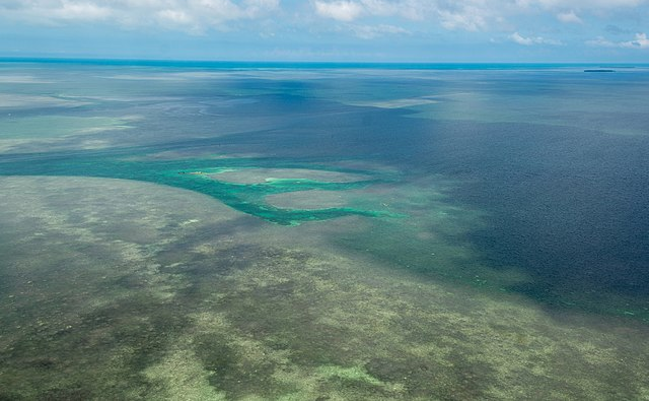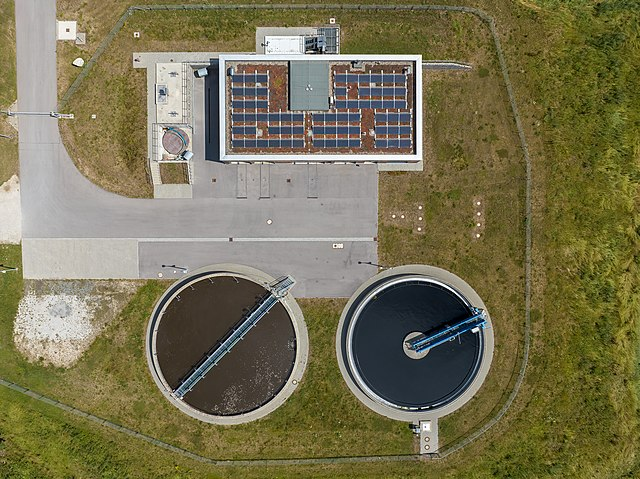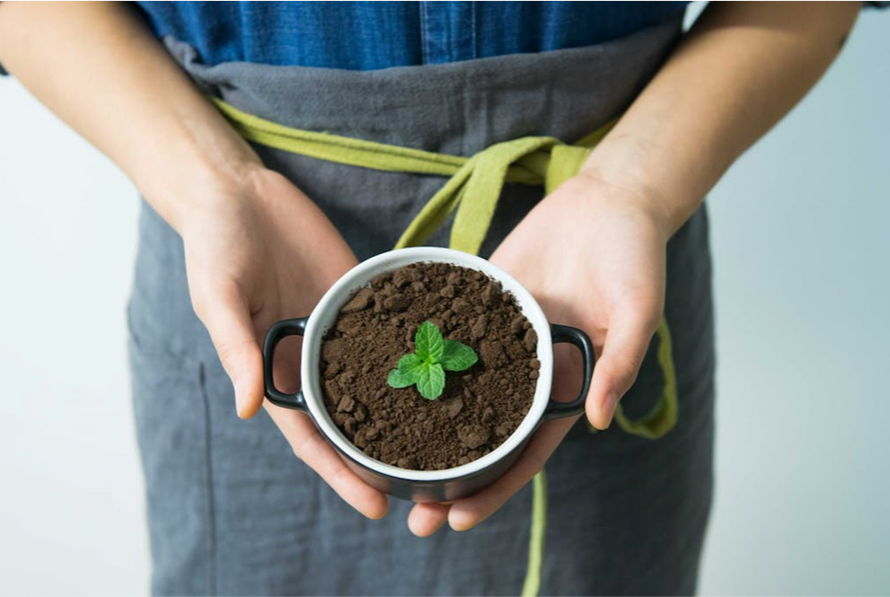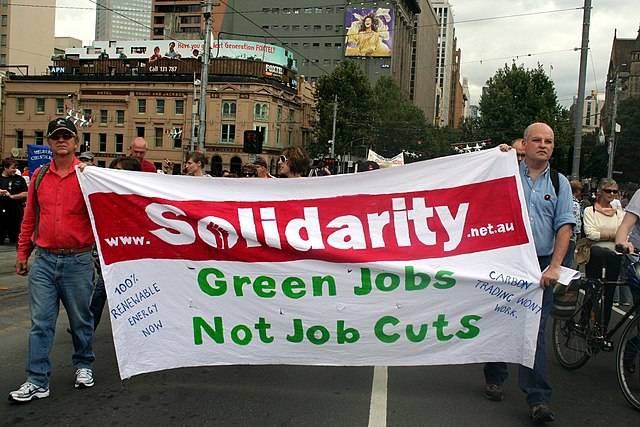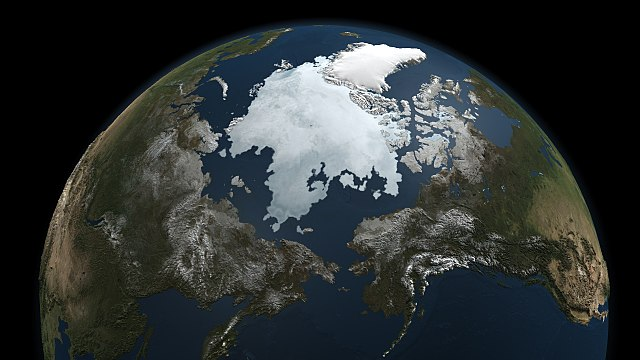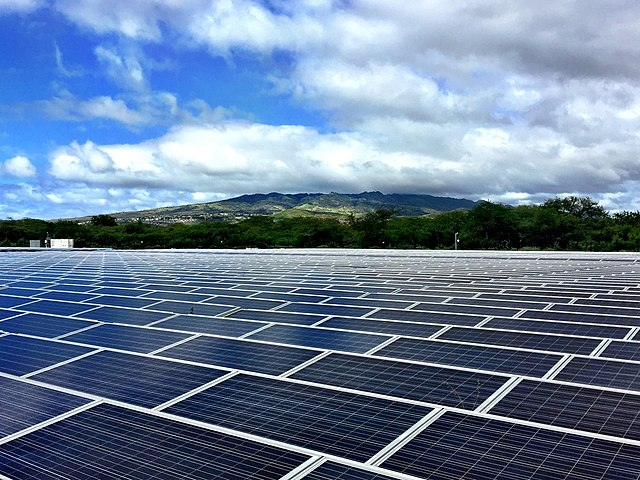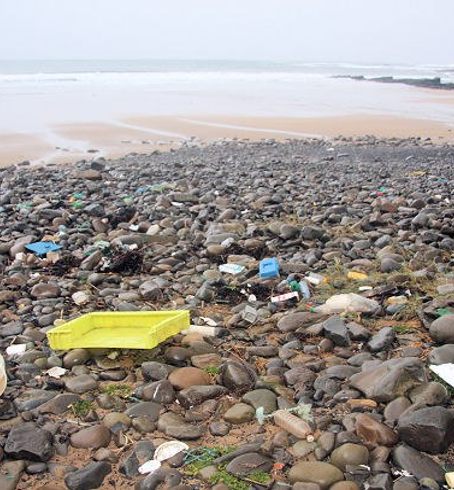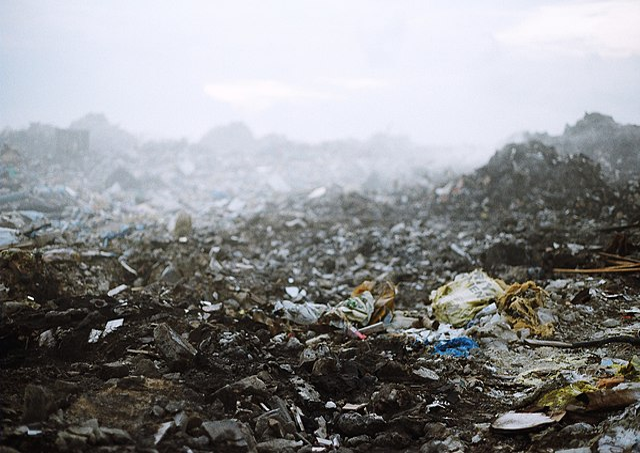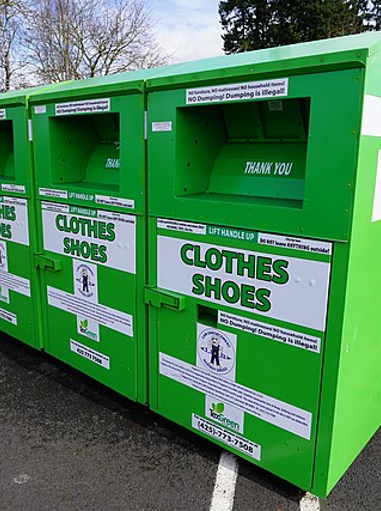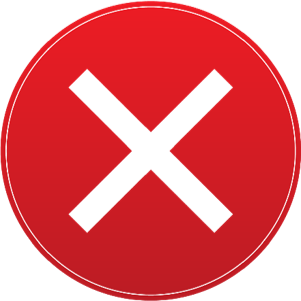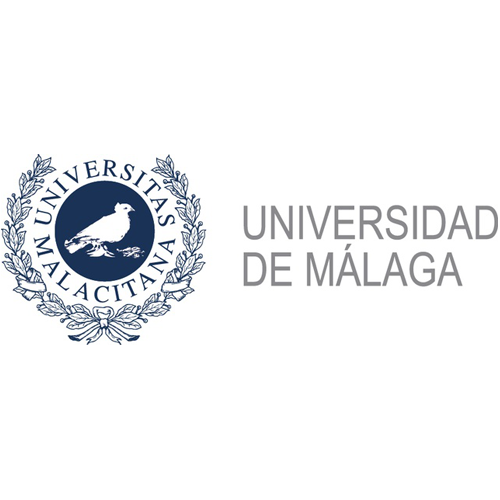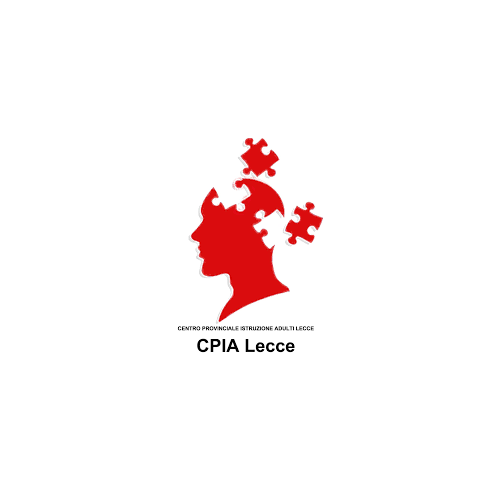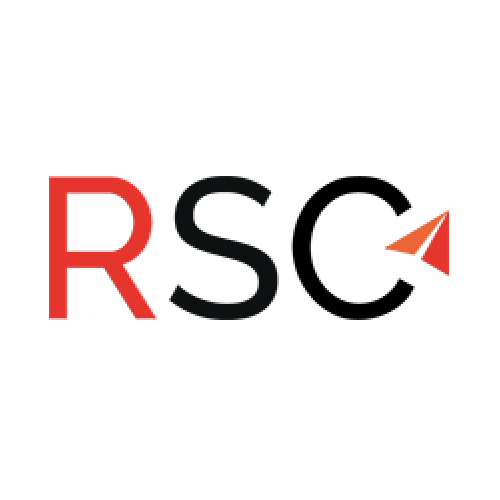EduCARE
Responsible consumption on use of resources
Basic|
VIDEOS

| |||||||||||||||||||||||||
|
Responsible consumption on use of resourcesClick to read
 Introduction:
By 2050, the world population is expected to reach 9.6 billion people, and that means that our current lifestyle could not be maintained since it exceeds our availability of natural resources. Natural resources are those elements of nature that human beings use to cover their needs of well-being or development. For example: water, trees, minerals, fish, air, oil, etc. Responsible consumption (RC) on natural resources aims to integrate social, environmental and ethical aspects into behavioural and purchasing decisions, guided by the following principles: - Reduction: limitation of consumption by assessing the need for some purchases. - Energy efficiency: looking for efficient, energy-saving products. - Sustainability: ensuring the products have the minimum negative effect on the environment after the end of their useful life. The objective of responsible consumption is advancing to a more circular economy, that keeps materials, products, and services in circulation for as long as possible, so reducing the use of materials and energy, as well as recapturing 'waste' as an input resource again. Topic development:Sustainable / responsible consumption (SC / RC) of resources is the conscious use of services and products focused on minimising the use of resources and reducing polluting emissions. The SDG 12 "Responsible production and consumption" proposed by the UN indicates that the equivalent of almost three planets could be needed to provide the natural resources necessary to maintain current lifestyles. The natural resources can be categorised into: 1. Non-renewable resources (fossil fuels-oil, natural gas, coal and nuclear energy, minerals, etc.) are limited in supply and cannot be used sustainably. The linear economy of "use and throw away" has environmental consequences, as it favours the global warming that leads to climate change and the depletion of resources.
The transition from a linear to a circular economy model can mitigate these negative effects of consumption, but, until now, actions to promote it have focused mainly on the role of companies and industries, ignoring the role of the consumer, who is essential in this transition.
Sustainable consumption and production are about doing more and better with less. That means decoupling economic growth from environmental degradation, increasing resource efficiency and promoting sustainable lifestyles. RC, also named ecological, ethical, critical or green consumption, is related to being aware regarding the natural resource limitations in supply and it is represented by committed consumers that are informed and conscious of their purchasing decision effects and try to mitigate their negative impacts. Turning consumers into prosumers (proactive, committed and responsible consumers) will be the key for advancing to a circular economy and even to a zero-waste model that aims to eliminate all discharges to land, water and air which threaten planet life. Good practices:
Local or zero-kilometre products avoid emissions from refrigeration or transportation and help boost the local economy. The administration can encourage local consumption by issuing discount vouchers to be redeemed at local businesses. Renewable energy. Promoting the use of renewable energy sources contributes to the energy transition and the efficient use of our natural resources. It is also important to use energy responsibly, reducing unnecessary consumption and investing in companies that apply efficiency and sustainability criteria throughout the value chain. Wallapop is a second-hand trade app that has launched an ad campaign under the motto "What's done is done, and the best we can do is use it" where a more responsible and sustainable consumption is promoted, in this case through the reuse and recycling of objects. Phrases like “New is doing less new things” and “What's done is done and the best we can do is use it” sum up the campaign's message. Greenwashing, also known as eco-whitening, is a bad practice consisting of orienting the marketing image of an organisation or company towards an ecological positioning while its actions go against the environment. Current and future challenges:Responsible consumption is an attitude that concerns all the actors involved in production and consumption, such as governments, businesses and society. Consumers challenges:
Companies challenges:
Government and public sector challenges:
Other stakeholders challenges:
To stimulate the participation of citizenship and the sharing of good practices and success stories. Further references:https://unstats.un.org/sdgs/report/2022/ https://www.youtube.com/watch?v=oAfZjEFWTTI The weight of the economy in the resources consumptionClick to read
 Introduction:According to experts, every day we receive around 3,000 advertising messages trying to convince us -and often succeeding-, that consuming will make us happier. Shopping has turned into a pleasant activity that seems to be able to relieve our frustrations and grieves. Is it possible to escape from this enormous pressure? It is not easy. But we know that all this consumption is depleting our resources, that the planet we inhabit is finite, and that if we continue on this path, we will seriously compromise the chances of survival of future generations.
The economic response to this challenge lies in the circular economy, which consists of a production and consumption model that involves reusing, repairing and recycling materials and products as long as possible, extending their life cycle, and reducing waste to a minimum. When a product ends its life, its materials are kept for being productively used again and again, trying to reach zero waste production. It contrasts with the traditional linear economic model, based primarily on the "use and throw away" concept. This model has become obsolete and we need to create sustainable, resilient businesses that provide value from both an environmental and social point of view. Impacts/Benefits:Responsible consumption by citizens is one of the drivers of the circular economy. The circular economy involves creating responsible business models based on the creation of real value, i.e., economic viability and profitability are combined with providing a utility to society and service to the community. This is what is called Corporate Social Responsibility. The application of the circular economy has a direct impact on the fight against climate change and waste prevention. Driven by design and underpinned by the use of renewable energy and materials, the circular economy revolutionises the way we design, produce and consume. The Circular Economy focuses on savings on the shares of material, labour, energy, and capital embedded in the product. It is intended to “design out waste”, trying to turn consumables (one or few time usage) into durables (years of usage) products. Material savings can be achieved by already established recycling and remanufacturing activities finally aiming at a “zero waste economy”.
Likewise, the application of circularity principles to industry and construction could lead to a reduction in materials (and costs), the optimization of energy use, the reuse or recycling of high-value materials, the reduction of plastic production and consequently the global generation of plastic waste, that will be a crucial concern. By addressing structural inefficiencies along supply chains, the circular economy offers abundant opportunities for value creation at the industry level, in fields such as the development of returnable packaging logistics, the second-hand market, the refurbishing services, the production, use and maintenance of low-impact vehicles for distribution, etc. According to Accenture, circular economy (CE) practices would contribute 4.5 trillion dollars until 2030 by closing the circularity gap. Circular economy brings enormous opportunities for creating so called green jobs, both directly and indirectly. According to the WEF, the circular economy will represent a market value of 4.1 billion euros until 2030, and an employment creation of 6 million of jobs. Good practices:Transition to a circular economy concerns all the actors of the economic system. Companies, as the main protagonists of the change towards a more sustainable production model, must incorporate good practices, such as the following:
Current and future challenges:The economy was just 8.6% circular in 2021, which implies we could only reallocate 8.6% of non-virgin materials. Our economic system is founded on recklessly exploiting the planet’s resources, resulting in environmental, ecological, social, and health issues. Employing virgin resources for 91.4% of our economic activities also suggests a significant “circularity gap” that is linked to inefficient business practices. Thus, we have to talk about concepts such as sustainable value chains that generate trusting relationships that seek a win-win approach for all the actors involved, the promotion of sustainable entrepreneurship and social innovation as responsible business models. Sustainability means cost savings by reducing the use of resources and waste, and by promoting a local, local economy. Transparency on the part of companies and education and information on the part of consumers are also important for the further development of sustainable markets, economic indicators of sustainability (stock market indexes of ethical businesses), financing, etc.
Sustainability is economically profitable and is a long-lasting strategic commitment for the future: we are facing a new paradigm. The Next Generation programme is a huge opportunity to advance to a more circular economy. The EU’s long-term budget, coupled with NextGenerationEU (NGEU), the temporary instrument designed to boost the recovery, form the largest stimulus package ever financed in Europe. A total of €2.018 trillion in current prices* are helping rebuild a post-COVID-19 Europe. It will be a greener, more digital and more resilient Europe. Further references:CE: a question of design (UNIDO, 2021) Launch of the Global Alliance on Circular Economy and Resource Efficiency (UNIDO, Feb 2021) Why innovative manufacturing and circularity are key for a resilient manufacturing industry post-COVID-19 (UNIDO, May 2020) Accenture (2021). Winning consumers with a circular economy: EC: Recovery Plan for Europe: Consumption of resources and the citizens, the society, the cultureClick to read
 Introduction:
The RC of resources is not only related to reducing environmental impacts. It is the awareness of individual consumers about their responsibilities in the market, including concern for people, communities, and countries. Responsible consumption implies stopping before buying compulsively, making an examination of what is necessary. A socially responsible consumer acquires and uses products with a new perspective, which considers the sustainability, but also the political, cultural, social and economic implications related of the way in which the goods are produced. Responsible consumers care about society and environmental issues to promote a healthy and favourable environment for all, trying to consume what is really needed, lowering impacts for ensuring a better present and future quality of life. These new fair consumers care about how the resources are obtained, worrying about the people and the living and working conditions in the places they come from. Concerns about the worst effects of globalisation, poverty, gender equality, human and labour rights, and respect for cultures and diversity are also present in this new form of consumption. The responsible consumption is a conscious act, that eludes the pressure of advertising and imposed fashions. It is ethical, based on values such as responsibility, austerity, respect for the rights of producers and the environment, under the principles of non-discrimination and non-exploitation. Impacts/Benefits:The impacts of a more responsible consumption can be established in four key areas: 1. SOCIAL: The RC implies a form of ethical, and respectful consumption, that can raise awareness towards solidarity with future generations. It is critical since it questions the conditions in which goods are produced, having the power of social transformation. Through daily gestures, RC can contribute to a significant change in the rules and patterns of production and consumption in society. 2. CULTURAL: The culture of consumption has evolved becoming a global fact that has modified our cultural identity, turning the culture of austerity to the culture of waste. RC inspires people to have healthier habits, to keep in mind the value of traditions, as well as being a powerful source of well-being and happiness to live more in line with strong values, in solidarity with other peoples and future generations.
3. LEGAL AND LABOUR: Although the public authorities dictate rules to make the economy sustainable, and respectful of human rights, it is the individual consumer who chooses how to consume. RC considers the working conditions in third countries, respect to the rights of children and women, the value of other cultures, diversity and traditions that maintains the multicultural richness of our world.
4. HUMAN RIGHTS: RC considers respect for human rights and living conditions where the resources are obtained. Often, mastering critical resources implies pressure and violence on the communities and even their legitimate exploitation does not always equitably benefit their inhabitants. Therefore, attentive consumption will lead to an improvement in their living and working conditions. Good practices:
A good general practice is to use the apps that help responsible consumption, with different objectives such as to educate, to report, to have fun, to locate zero waste establishments, etc.
Current and future challenges:Responsible consumption is an attitude, a feeling and a belief held by the individual when reacting to the decision of whether or not to consume a certain product or service. Therefore, responsible consumption is a social and cultural aspect that encourages people to use products made and marketed by socially responsible companies. Social consumption refers to the attitudes of people and organisations based on environmental, social and ethical criteria.
The main challenge to develop a more responsible consumption is to increase the social awareness of people in their consumption behaviour, that is, the ability to have perspective and empathise with others, including people from other origins and cultures. To achieve this ambitious purpose, the collaboration between citizens, companies, and authorities a transcendental pact that could mainstream the RC culture in all fields. Further references:DG app can be downloaded here: Tap – find water anywhere: organisation website Consumption as a source of social change : ILO Decent work and SDGs: IISD: Doing More with Less: Ensuring Sustainable Consumption and Production. Environmental sustainability in the use of resourcesClick to read
 Introduction:
Consumption is necessary since all people need to have goods and services that we cannot generate by ourselves. But although consumption is something legitimate, the spiral of consumerism in which we are involved represents an excess that results in the overexploitation of the planet's resources. The problem is that we not only use resources that are finite and cannot be renewed, but also that we overuse those that can be renewed and that are doing so at a lower rate than they are consumed. Its most obvious effects are climate change and the loss of biodiversity, with the resulting consequences that this entails: change in weather patterns, rise in temperatures, more intense storms and heat waves, drought, melting ice and rise in sea level, air pollution, depletion of energy and mineral sources, excess waste, loss of species, food shortages, more diseases and epidemics, poverty, migratory displacements, increased mortality, etc. Reducing the consumption of all types of resources is essential to ensure environmental sustainability, but for this it is necessary to have information that facilitates the development of a more responsible consumption. There are some critical indicators that must be known. Impacts/Benefits:The main concepts that conscious consumers must know for assessing the impact of their purchasing decisions are the following:
Hydric/water footprint: Everything we use, wear, buy, sell and eat takes water to make. The water footprint is a measure of humanity’s appropriation of fresh water in volumes of water consumed and/or polluted, that is the amount of water used to produce each of the goods and services we use. The water footprint can measure the amount of water required to produce all the goods and services consumed by an individual or community, a nation or all of humanity. The European water footprint per capita is 5,011 litres a day but in the US it rises to 7,800 litres. Some shocking figures about the water footprint of common goods are the following:
Carbon footprint: human activity generates greenhouse gases (GHGs) and its trail is known as a carbon footprint. It represents the total volume of greenhouse gases (GHG) produced expressed in tons of CO2 emitted. This environmental indicator measures both direct and indirect emissions of compounds such as methane (CH4), nitrogen oxide (N2O), hydrofluorocarbons (HFCs), and the carbon dioxide (CO2), the most abundant and damaging. The carbon footprint has increased 11-fold since 1961 and it can be measured for individuals, communities, companies, or countries.
Waste production and management: Europe produces annually over 250 million tonnes of municipal waste and more than 850 million of industrial waste. In 2020 the municipal waste generated per person in the EU amounted to 505 kg. There are many types of waste, such as batteries, biodegradable waste, construction and demolition debris, end-of-life vehicles, landfill waste, mining waste, packaging waste, plastic waste, hazardous substances, sewage sludge, waste oil, electronic devices, etc. The main problem concerning waste is not only its production but also its management. That means, the prevention, collection, treatment and recycling, and the EU is making efforts to ensure higher waste recycling quotas for the next decades.
Other indicators of the ecological impacts of consumption are the deterioration of terrestrial and marine biodiversity, the reduction of wilderness and coastal effects, the generation and recycling of climate waste, the occupation, degradation and desertification; the consumption of raw materials and non-renewable materials.
Good practices:Danone: 81% of Danone's packaging is recyclable, reusable or compostable. In 2019, the company reduced its carbon dioxide (CO2) emissions by about a quarter, five years ahead of its 2025 commitment. It has committed to a zero-carbon footprint across its entire value chain by 2050. IKEA: With suppliers from approximately 50 countries, IKEA's business has a significant impact on the world's forests and the timber industry. That's why it places responsible forest management at the heart of the business that requires all IKEA wood suppliers to meet high forest requirements. It works with global partners, including the World Wide Fund for Nature (WWF) and the Forest Stewardship Council® (FSC) to combat forest degradation and deforestation, and to promote the importance of responsible forest management across the entire value chain.
Oxfam Ethics Shops It is a company of both physical and online shops of fair trade and second-hand products, which are characterised by being managed by volunteers, non-profit, and offering a range of fair trade and ethical products, 100% natural, served in sustainable packaging and shipped with a neutral carbon footprint. It offers a wide range of products, such as food, fashion, natural cosmetics, and home items. It aims to contribute to reducing poverty, working towards equality and inclusion, while fighting climate change. Spain: new tax on plastic production. The tax has been implemented from 1st January 2023 with a tax rate of €0.45 per kg for non-recycled plastic packaging, totalling over €700 million in revenue which will likely be applied to Spain's EU plastic levy contribution. Current and future challenges:
The challenges to reduce and mitigate the consumption of resources necessarily involve working for the sustainable development goals related to this concern, namely: SDG 6 for a healthy and efficient management of drinking water, SDG 7 for the development of clean and cheap renewable energy sources, SDG 9 for the improvement and strengthening of industrial infrastructure and innovation, SDG 11 to make cities more liveable and sustainable, SDG 12 to promote responsible consumption and production, SDG 13 to act against climate change,SDG 14 to protect water and marine life and SDG 15 to restore and defend terrestrial ecosystems and biodiversity. All of this requires collaboration and public-private investment as established in SDG 17. So, summarising, the great challenges of the future are:
Further references:Europe Waste Management and Recycling: The Water Footprint Organisation: The Carbon Footprint Website: Why to buy second hand items: How to become a more responsible consumer of resourcesClick to read
 Introduction:Responsible consumption implies applying the well-known three basic rules of sustainability: reduce, reuse, recycle. For achieving a more responsible way of consumption, the role of consumers is essential, and we must remember that a part of responsibility is set on consumers: the less is consumed, the less will be produced, so we cannot ignore that ‘we all can do more’. Although the industry has an important role in the development of the circular economy, consumers’ behaviour could also help to enhance the demand of fair goods showing to the industry the right path to sustainability.
Reducing the consumption of all kinds of goods and services means saving on raw materials, energy, water, and producing less pollution and waste by having to make fewer things.
Less consumption is also linked to reuse, avoiding this way, the discarding of goods that are still useful, simply because we can buy new ones. And when a good is no longer suitable for use, the correct thing to do is to recycle it, disposing of its waste in such a way that it can be reconverted into raw material, used in other processes or simply thrown out without a negative impact on the environment. We must all be committed to this goal, because if we do not buy unnecessarily, we will contribute to a better future. Currently, if we maintain our way of consumption, we will need at least 2 planets to survive (and, obviously, we do not have 2 planets). Tips and recommendations todo /Not to do:The role of consumers through their small daily actions is essential to move towards an increasingly circular economy. We have to change our mindset to a more moderate and conscious way of consumption. To help you to change your habits and inspire others, here is some practical advice: ‘TO DO’
‘NOT TO DO’
Avoid the use of non-renewable resources and prefer recycled materials. Ensure that the goods you are purchasing are made with materials that have a fair-trade origin and reject those lacking an accredited certification. Further references:Sustainable consumption Blog: Tricks and tips for RC in Montreal, Canada: Juan José Piedra Galán: The 10R's of Circular Economy (no, they are not 3). Deloitte: How consumers are embracing sustainability. World Economic Forum: This simple framework can drive responsible consumption. |
Area
Use of resources
LevelBasic
KeywordsResponsible consumption; sustainable economy; natural resources; renewable resources; non-renewable resources; water; air pollution; UN Goal 12; circular economy; waste
 Play the game
Play the game Send us your opinion!
Send us your opinion! Play Audio
Play Audio 

